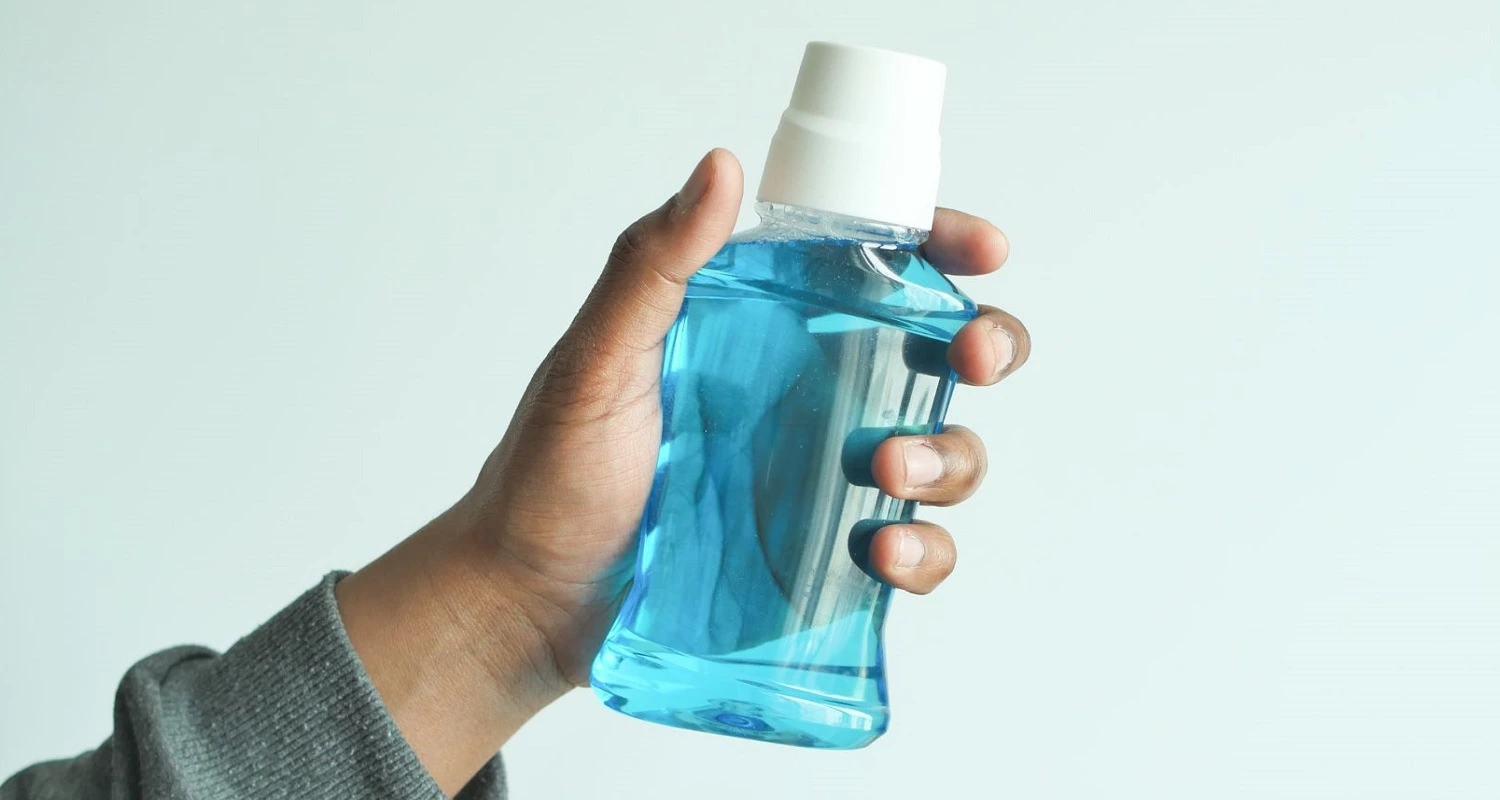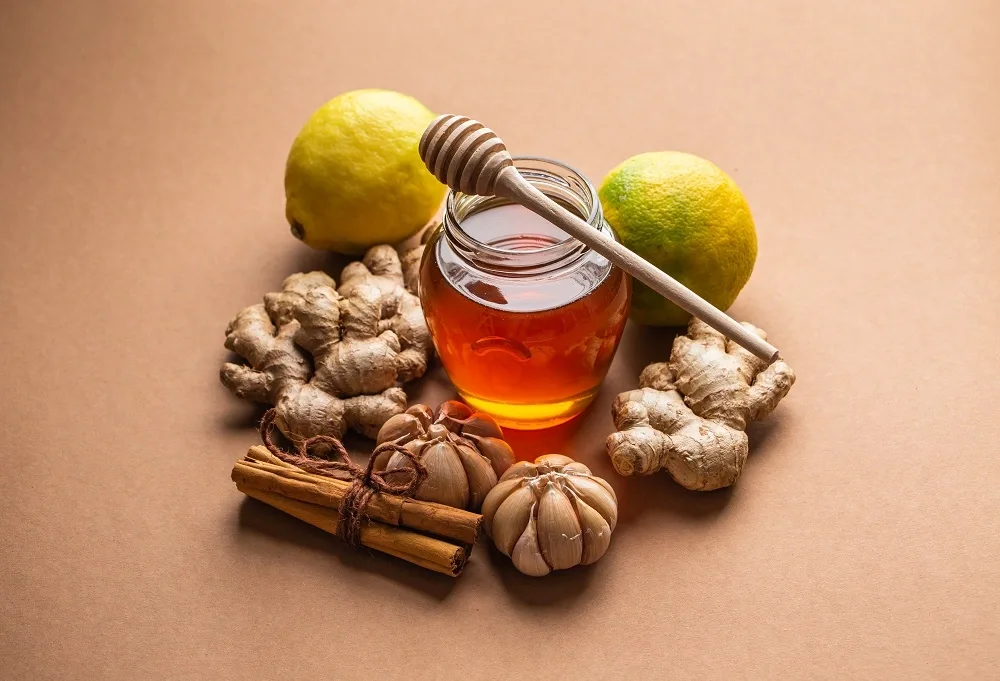Last Updated on: 10th March 2025, 12:35 pm
We have all experienced an annoying toothache at some point in our lives. If you’ve come this far, you’re probably searching for “toothache treatments to relieve pain.” This article will guide you to different aspects of a toothache and how to deal with it.
Types of Toothaches
There are basically two types of toothaches: temporary pain and constant pain. Temporary pain comes and goes, usually caused by some hot or cold food or drink. Constant pain is what persists and is usually more serious.
Temporary pain is usually less severe and can be easily treated with home remedies or over-the-counter medications. On the other hand, constant pain requires more serious attention and may be indicative of an underlying dental problem, such as an infection or abscess.
What Causes a Toothache?
The most common causes of toothache include cavities, damaged fillings, or tooth wear. These problems require professional dental care to treat. There are also less common causes, such as stress leading to teeth clenching or even underlying medical conditions. It is crucial to identify the root cause to treat it effectively.

Toothache Treatments to Relieve Pain
Home remedies are an effective way to temporarily relieve toothache before a visit to the dentist. Here are some options to try:
1. Cold compresses: Applying an ice pack wrapped in a cloth to the affected area for 20 minutes can help reduce inflammation.
2. Salt water mouthwash: Mix a teaspoon of salt in a glass of warm water and gargle. Salt has antiseptic properties that can clean the area.
3. Clove oil: This oil contains eugenol, which has antibacterial and anesthetic properties. A few drops of a cotton ball applied to the tooth can relieve pain. To use cloves for a toothache, soak ground cloves in water to make a paste. Then, apply the paste to the tooth or put it in an empty tea bag and place it in your mouth
4. Chamomile tea: Chamomile has anti-inflammatory and calming properties that can help relieve pain.
5. Brine rinse: Salt water is known for its disinfecting and healing properties.
a. Rinsing your mouth and gargling with water and salt is a good trick that you can use at home to get rid of toothache instantly.
b. Also, it can help loosen food particles and debris that can become trapped between your teeth.
6. Hydrogen peroxide: A 2016 study found that peroxide helps reduce plaque and the symptoms of periodontitis, which can cause problems such as pain, bleeding gums, and teeth loosening in the tooth sockets.
a. It is necessary to dilute hydrogen peroxide with equal parts of water. Swish the solution in your mouth, but do not swallow it.
b. This remedy is not suitable for children, as there is a risk that they may accidentally swallow the mixture.

7. Garlic: It is classic in many homes since having an antibacterial effect helps kill bacteria in the mouth. This effect is thanks to allicin, its main compound, which also helps relieve pain.
a. Crush a clove of garlic until it forms a paste and apply it to the area where you are experiencing pain.
b. You can also add a little salt to the pasta.
8. Thyme: Thyme is another home remedy that you can find in any supermarket. Thyme also has powerful antibacterial and antioxidant properties that can help treat toothache.
a. To use it, bring a cup of water to a boil and add the fresh thyme. Let it boil for 2 or 3 minutes and then let it cool. Gargle with this infusion.
b. Also, apply a few drops of thyme essential oil and a few drops of water on a cotton ball. After diluting the oil with water, apply it to the affected area.
c. You can also add a drop of the oil to a small glass of water and make a mouthwash.
9. Vanilla extract: This extract contains alcohol, which could help numb toothache. Its proven antioxidant properties also make it an effective cure. Apply a few drops of vanilla extract to a cotton swab or piece of cotton. Place it on the area that hurts several times a day.
10. Heat: Applying heat helps interrupt the pain signal from the mouth to the brain, reducing discomfort when applied to one side of the jaw. don’t have a hot compress, you can make one by filling a clean sock with rice and tying one end. Next, place the rice-filled sock in the microwave and heat it for a couple of minutes.
It is essential to remember that these remedies are only temporary solutions. A recurrent or persistent toothache should be evaluated by a professional to diagnose and treat any underlying problems.
We also have a comprehensive guide about the best essential oils for toothache. These oils can help reduce pain and inflammation.
Over-the-counter Drugs
If home remedies aren’t enough, there are over-the-counter medications that can offer temporary relief:
● Ibuprofen: This non-steroidal anti-inflammatory drug is effective in reducing pain and inflammation.
● Paracetamol: Also known as acetaminophen, it is another option for pain relief.
● Topical anesthetic gels: These contain ingredients such as benzocaine, which can temporarily numb the affected area. Benzocaine is a topical anesthetic that can relieve toothache quickly. The effects wear off completely after 2 hours, so you may need to reapply during the day. You should not use this medication for more than 1 or 2 days in a row without consulting a dentist.
Before taking any medication, it is important to read the instructions and make sure there are no contraindications with other medications you are taking. If you have concerns, it is best to consult with a health professional to obtain appropriate treatment for your situation.
Please note that these are temporary treatments. If the pain persists, it is crucial that you consult a professional.
Emergency Toothache Care: When to Seek Professional Help
There are times when toothache can be so severe that it requires immediate attention. Signs such as facial swelling, fever, or difficulty breathing are medical emergencies. In these cases, the first step is to call the dentist or go to an emergency room. Do not try to treat these severe symptoms at home.
Toothache Prevention
The best way to avoid toothache is good dental hygiene. This includes brushing your teeth twice a day and flossing. Also, avoid foods high in sugar and acids that can erode tooth enamel. A regular dental checkup is crucial for prevention.
Conclusion
Dealing with toothache can be an unpleasant experience, but with the right information and timely care, it can be managed effectively. Don’t forget that prevention is the best cure, so maintain good dental hygiene to avoid future problems.
Frequently Asked Questions
Ibuprofen works by minimizing the hormones responsible for pain and inflammation in the body. When taken orally, it usually begins to relieve symptoms within 20 to 30 minutes. If applied topically to the skin, it may take 1-2 days to show effects. This medication is commonly used to treat menstrual pain and toothaches. Some people find ibuprofen more effective than acetaminophen in relieving lower back pain.
The choice between pain relievers such as ibuprofen and paracetamol may depend on several factors; A pharmacy professional can offer guidance on this (it is important to remember that aspirin is not recommended for children under 16 years of age). Another option is to gargle with a salt water solution, although this option is not advisable for children. Additionally, you can use oral analgesic gels that are available in pharmacies and supermarkets.
Five home solutions to mitigate dental pain before your visit to the dentist:
Over-the-counter anesthetic gels: Topical ointments containing benzocaine can offer quick relief from tooth pain.
a. Gargle with warm saline solution: This homemade mouthwash can help reduce pain.
b. Using clove oil: This oil has antibacterial and anesthetic properties that can be useful.
c. Applying cold compresses: They help reduce inflammation and can temporarily relieve pain.
d. Over-the-counter anti-inflammatory drugs: Medications such as ibuprofen can be effective in controlling pain until professional dental care is received.
In certain situations, the healthcare professional may administer an injection to the area near the tooth to alleviate discomfort. If inflammation occurs in the gums or face, or if fever is present, antibiotic medications may be prescribed. During the visit to the dentist, different treatments could be carried out such as dental fillings, extractions or any other procedure considered necessary.
Contact us
If you have any questions about toothache treatments to relieve pain or other topics, you can contact us at Channel Island Family Dental as well as our Facebook page. We look forward to your visit and we will make a timely diagnosis. Our dentists in Oxnard, Saint Paula, Venture, Newbury Park, and Port Hueneme will be able to guide you toward the best treatment to take care of your health and give you back your best smile
Bibliography
1. American Dental Association. (Oct 17, 2023). Oral Analgesics for Acute Dental Pain. https://www.ada.org/resources/research/science-and-research-institute/oral-health-topics/oral-analgesics-for-acute-dental-pain
2, WebMD, LLC. (Apr 04/23). Toothache Home Remedies. https://www.webmd.com/oral-health/home-remedies-toothache
3. Mayo Clinic. (Jun, 08/2018). Toothache: First aid. https://www.mayoclinic.org/first-aid/first-aid-toothache/basics/art-20056628#:~:text=Rinse%20your%20mouth%20with%20warm,may%20burn%20your%20gum%20tissue.
4. Cleveland Clinic. (Apr, 04/2023). Toothache. https://my.clevelandclinic.org/health/diseases/10957-toothache
5. Emily Cronkleton, Christine Frank, DDS. (Sep 13/2023). 11 Home and Natural Remedies for Toothache Pain. Healthline. https://www.healthline.com/health/dental-and-oral-health/home-remedies-for-toothache
6. Karthik Kumar, MBBS; Shaziya Allarakha, MD. (Apr 04/2022). 16 Home Remedies for Toothache. MedicineNet.https://www.medicinenet.com/home_remedies_for_toothache/article.htm




